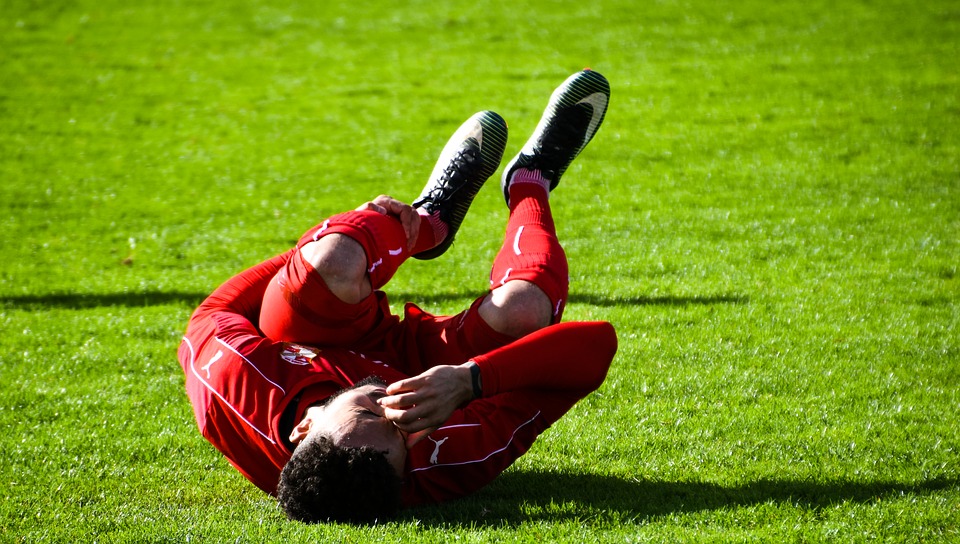Sixteen-year-old Conner Ostrowski was on top of the world. A member of his high school’s varsity wrestling team, Conner was looking at a full college scholarship. Then, tragedy struck.
In 2012, Conner cracked the base of his spine during a wrestling match. It would change his life forever.
 Knowing that addictive behavior ran in the family, Conner’s mother requested that his surgeon not prescribe opiate-based medication. But Conner’s pain consumed him and he quickly became depressed.
Knowing that addictive behavior ran in the family, Conner’s mother requested that his surgeon not prescribe opiate-based medication. But Conner’s pain consumed him and he quickly became depressed.
That’s when a concerned family member offered him an entire baggie of Percoset, a highly addictive opioid. Conner’s depression, anxiety and back pain fell away. After one pill.
Conner went through the bag. He started seeking the drug at school, but couldn’t afford the high street cost. So he turned to a much cheaper alternative: heroin.
His personality changed.
“He was sleeping, nodding off all the time, and he was angry. He became mean,” his mother said.
 A Gateway to Addiction
A Gateway to Addiction
Unfortunately, Conner’s story is all too common, as sports injuries provide a gateway to drug addiction.
A 2014 study in the Journal of Adolescent Health found boys who participated in organized sports are more likely to be prescribed opioid medication. This puts them at greater risk of drug abuse.
According to a recent University of Michigan study, not only are adolescent male athletes twice as likely to be prescribed opioid painkillers, but they’re four times more likely to abuse the pills than non-athletes.
 The problem is that medications like hydrocodone, oxycodone and other opioids can be very effective in treating the chronic pain associated with sports injuries. But they are also highly addictive and can lead to more illicit drugs — like heroin.
The problem is that medications like hydrocodone, oxycodone and other opioids can be very effective in treating the chronic pain associated with sports injuries. But they are also highly addictive and can lead to more illicit drugs — like heroin.
Take the young adult patients at Cumberland Heights, an addiction treatment facility in Tennessee, for example. A significant portion of them are student athletes who’ve suffered sports injuries. The resulting surgeries led these teens to become addicted to painkillers. (According to the CDC, Tennessee is one of the most overprescribed states for painkillers.)
When the painkillers run out or become too expensive, these teens turn to the more accessible and affordable heroin. Their passion for sports is quickly replaced by a passion for the drug.
The following CBS News video clip highlights the problem:
Orthopedic surgeon Dr. Edward McDevitt agrees that the problem is all too common. He believes that, in their zeal to help athletes get back to the team quickly, doctors can sometimes make bad decisions.
“We have to realize that we are sometimes the ones who are steering these people on the road to addiction. We have to talk about the dangers of these drugs and how they should be used for a very short period of time,” McDevitt said.
Alternatives like aspirin, ibuprofen and acetaminophen can be very effective, he said. In addition, physical therapy and ice can go a long way in treating sports injuries.
The Long Road Back
Conner eventually make his way back to sobriety, but not before a heroin overdose nearly took his life. He eventually quit high school, and his initial attempts at rehabilitation failed.
 After his overdose, Conner’s mother had had enough. She gave him 24 hours to get out of her house.
After his overdose, Conner’s mother had had enough. She gave him 24 hours to get out of her house.
She told him, “You need to change where you’re living, or you need to change yourself, but you can’t stay here.”
This time, Conner made a good choice. He’s been clean and sober for nearly three years now. He works as a lighting designer for a national touring company in Nashville, Tennessee.
The pain from his wrestling injury hasn’t gone away, but Conner’s learned a valuable lesson:
Pain doesn’t kill you. Addiction will.
Sources:

